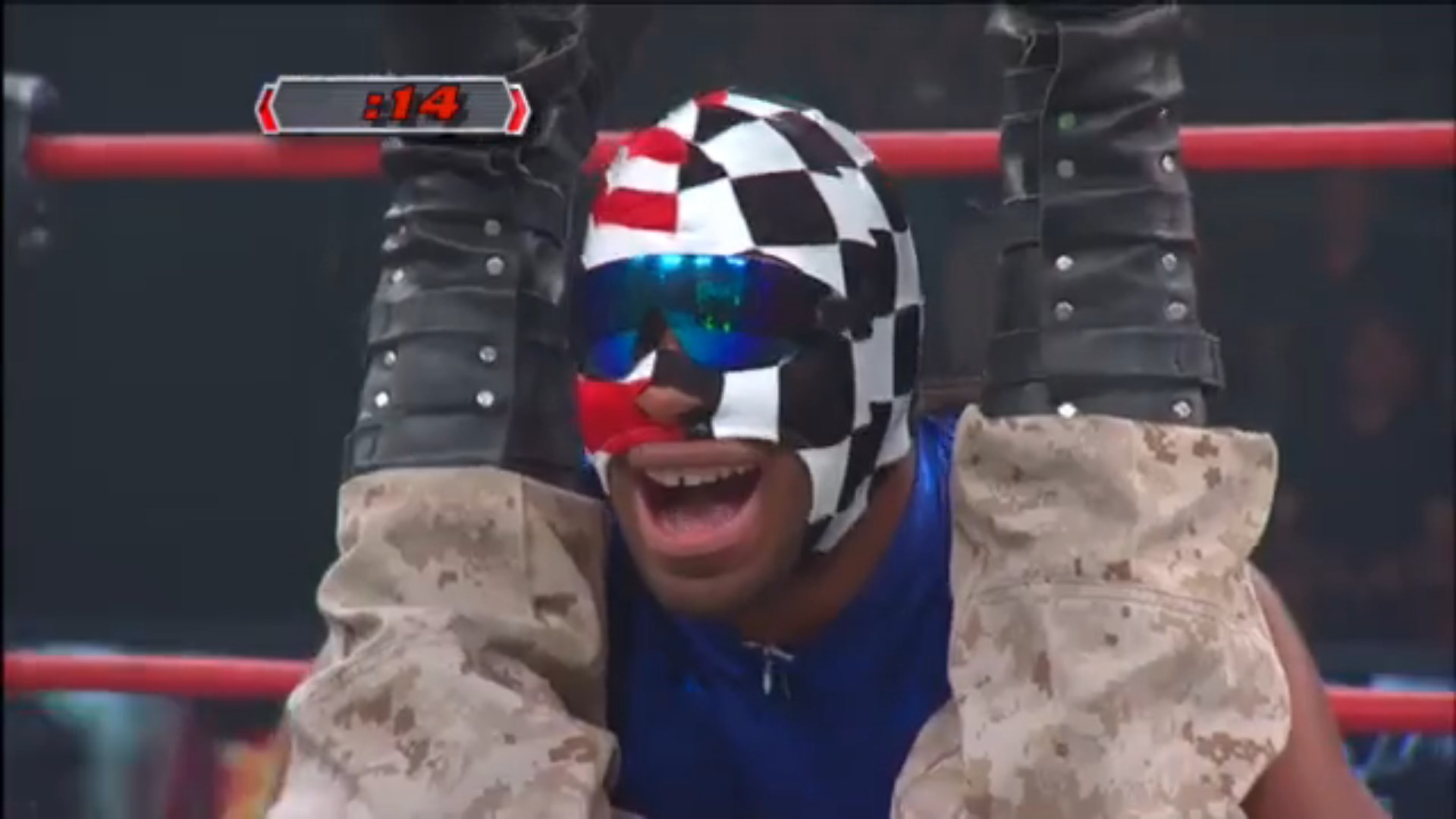In the 80s and 90s, there was no shortage of vehicular sports adding wrestling elements. In the monster truck genre alone, there was Sgt. Slaughter’s battle with Bigfoot, plus the Monster Wars TV series with its wrestling-style promos.
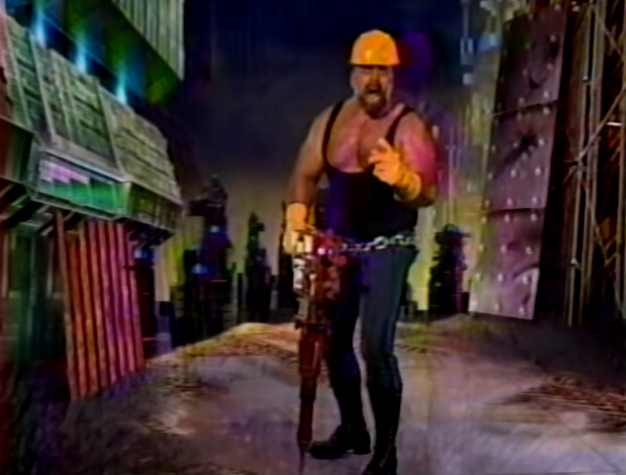
But when it came to bringing elements of motorsports into the wrestling ring, the best the wrestling world did was the WWF’s Bob “Spark Plugg” Holly, and later, WOW’s Wendy Wheels.
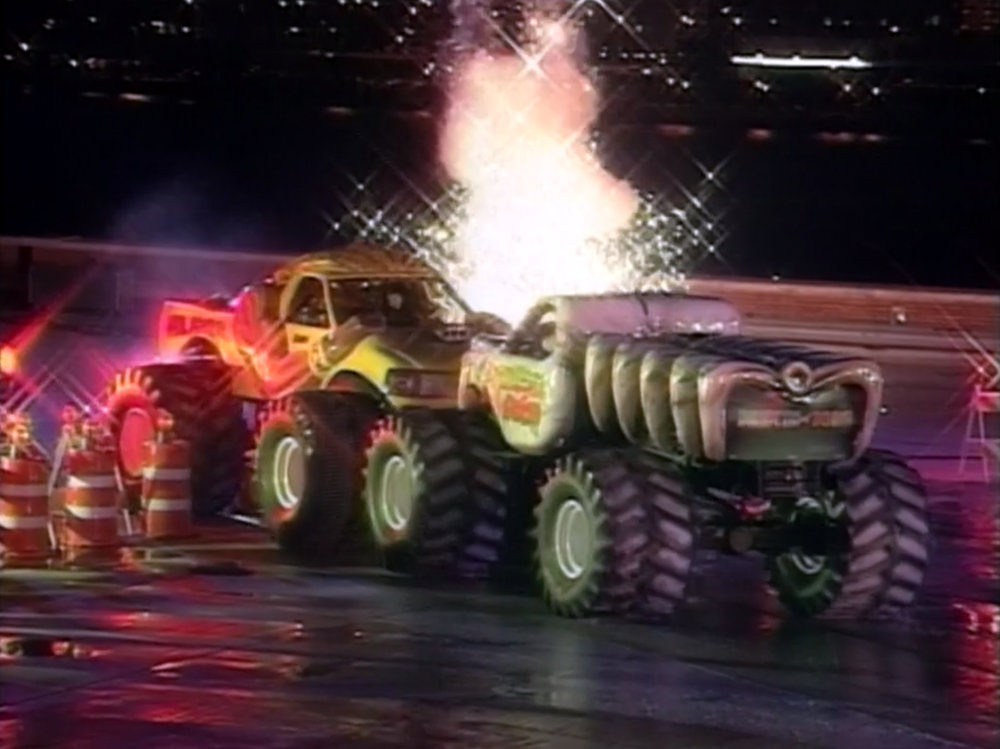
As for the Monster Truck Sumo match, I’m not sure which column that lands in.
But just imagine pitching a racing-themed wrestling series to the Speed network, called All Wheels Wrestling, that is supposed to appeal to fans of motorsports. Whether you’re thinking of wrestlers speeding around the ring on scooters, competing with roller skates on, launching off ramps over the ropes, or wrestling in lumberjack matches where bikers circle the ring, I can assure you that your ideas are way cooler than what All Wheels Wrestling actually was.
Like the WWF’s Raw Bowl, the failed 2011 pilot All Wheels Wrestling was just pro wrestling with some superficial decorations and a lot of strained comparisons to another sport thrown in.
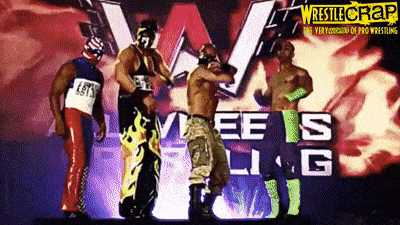
In the show’s intro, clips of motorsports and clips of wrestling played in succession as a series of racing personalities spoke in the vaguest possible terms about how much racin’ and wrestlin’ had in common.
These commonalities included:
- Athletes
- Hard work
- The race (or match) starting with a green flag being waved or a gate being lowered (or a bell being rung)
- Having to win races (or matches)
- Teamwork
My God, how did no one make this connection before!
Teamwork was the key concept here, which separated All Wheels Wrestling from other promotions. “To be a good teammate,” said NASCAR Hall of Famer Darrell Waltrip, “you gotta work together. You can’t work against each other, and that’s what makes good teammates.”
So insightful. All of those basketball players who go around blocking their own teammates’ shots could learn a thing or two.
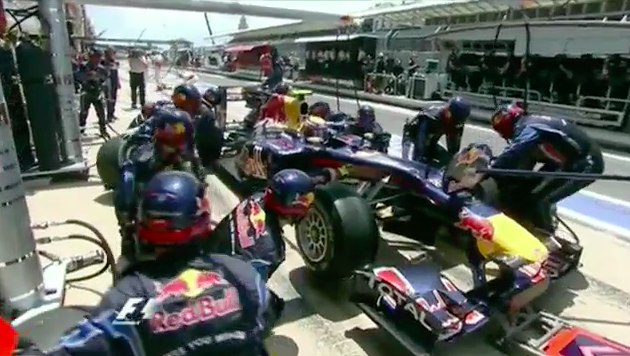
Of course, teamwork in auto racing takes a much different form than in many other sports, with a whole pit crew dedicated to supporting the athlete during a competition.
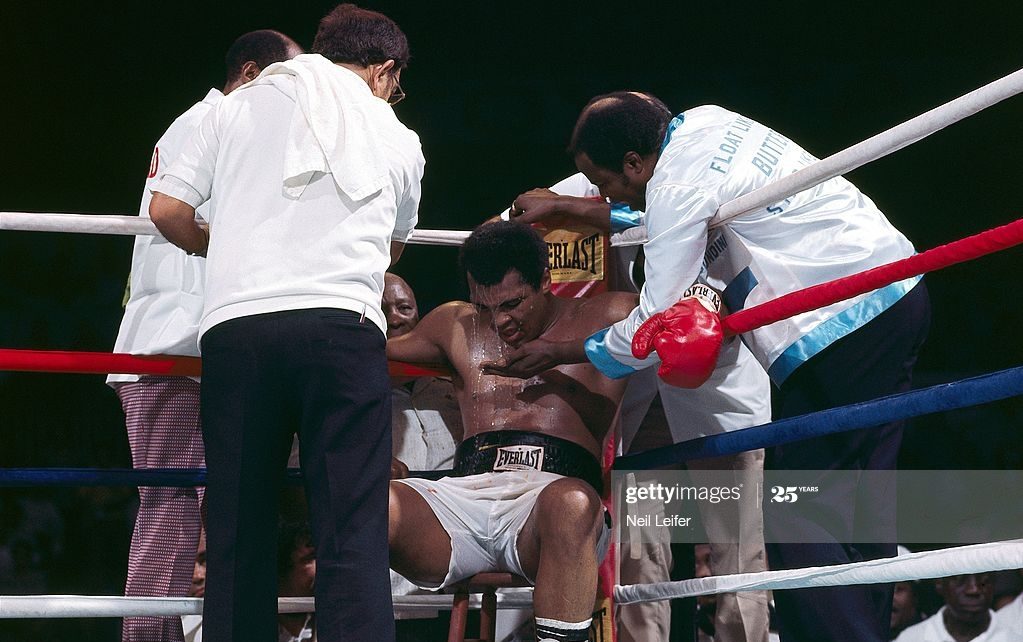
Yes, you might see that in boxing with its cornermen and trainers, or in football with its waterboys and offensive and defensive coordinators and team doctors, or in baseball with its coaching staff, or…
…come to think of it, except for the occasional manager or valet, wrestling is practically unique among sports in its lack of support staff on the sidelines.
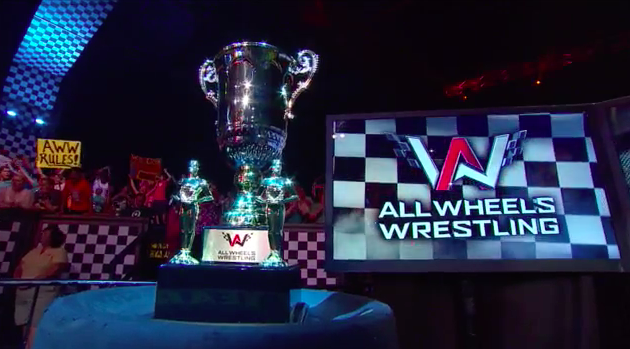
The same applied to All Wheels Wrestling, whose vaunted “team” element consisted of four “teams” of three singles wrestlers whose win-loss records were combined into team standings but who never actually teamed up in the ring or even appeared at ringside for each other’s matches. The winning team at the end of the season won the prestigious All Wheels Wrestling Cup.
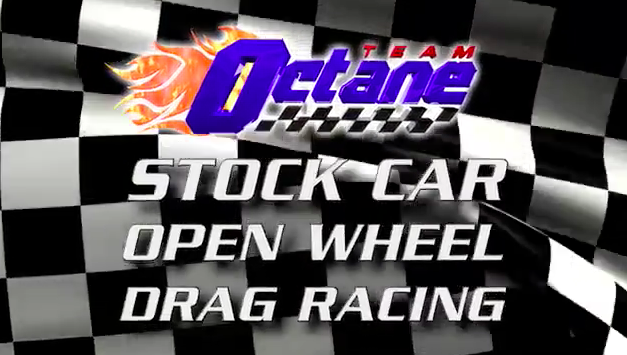
Those teams included Team Octane, which was “inspired by” auto racing and led by grappler extraordinaire RPM.
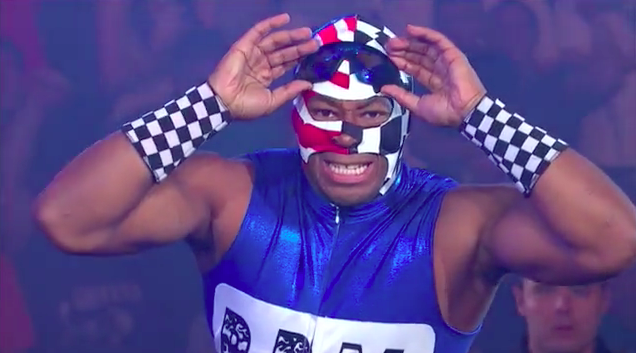
You know, RPM reminds of someone. Dig it?
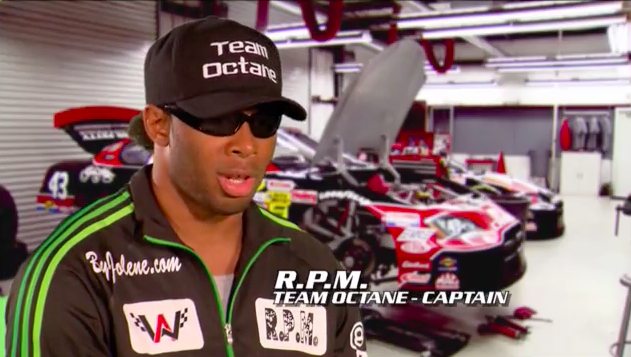
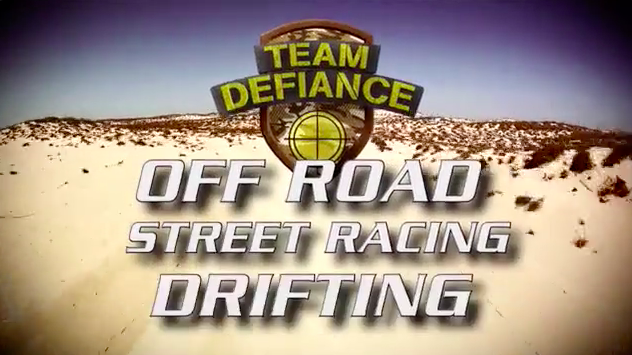
Then there was Team Defiance, inspired by various forms of off-track auto racing.
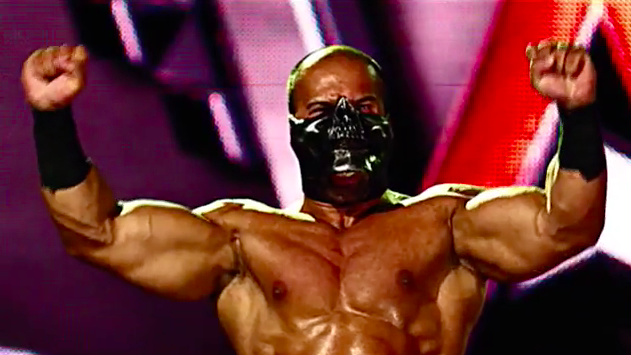
Behind that Glacier mask, the team captain looked a little like Shawn Daivari…
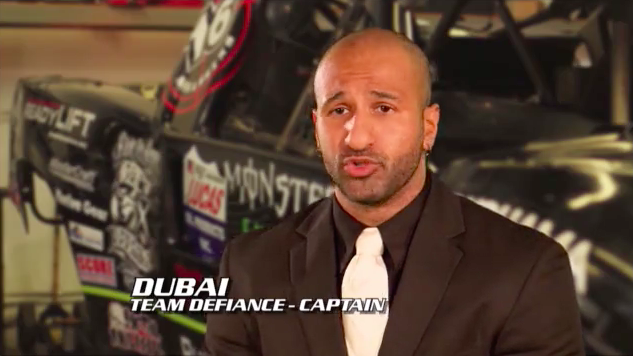
…and without his mask he looked just like TNA’s Sheik Abdul Bashir, but his name was actually Dubai.
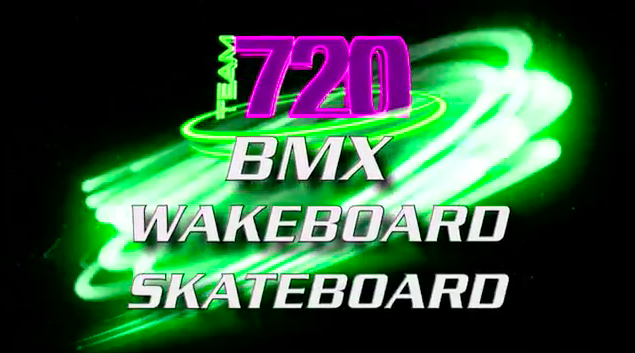
Then there was the extreme sports-themed Team 720, led by Schwagg D. “Schwagg” is slang for… well, read for yourself:

I’m sure that’s just a coincidence.
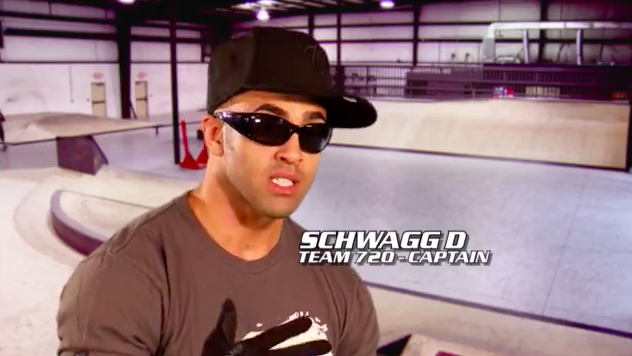
And though they didn’t outright say it, the “D” in their the sideways cap-wearing captain was, of course, short for douche Dutt, as in douchebagSonjay Dutt.
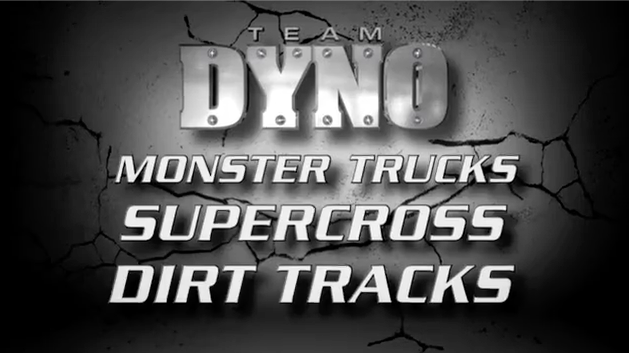
Finally, there was the monster truck-influenced Team Dyno, led by Aaron Aguilera, the only wrestler who hadn’t wrestled for TNA, and the only one allowed to use his real name…
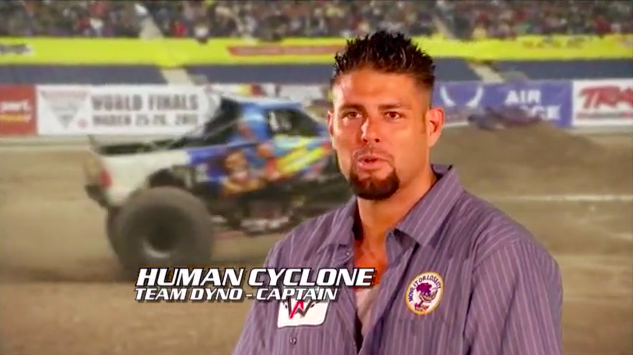
…although they still nicknamed him “The Human Cyclone” and made him wrestle in a mask.
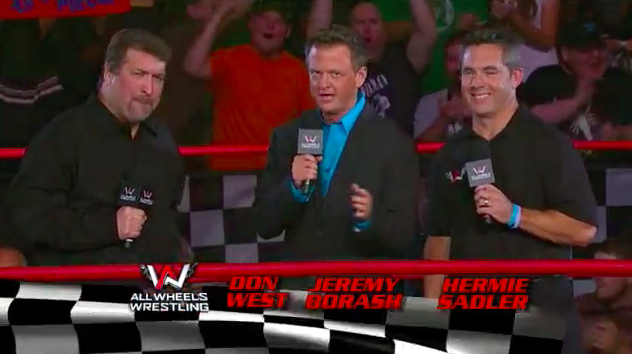
In case you still hadn’t figured out that AWW was just TNA with a fresh coat of paint, TNA-sponsored driver Hermie Sadler joined TNA announcers Don West and Jeremy Borash in the six-sided ring to welcome fans to Orlando, Florida’s Impact Zone, here renamed the Red Line Arena.
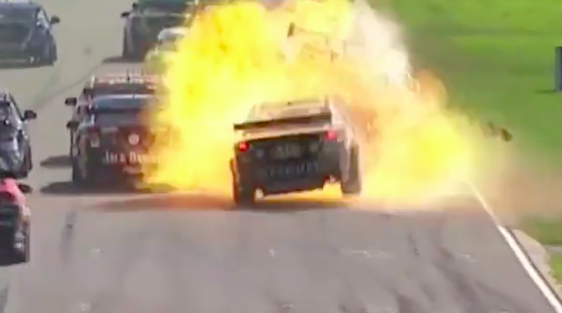
The car, truck, and bike guys then BSed for a few more minutes as AWW tried to cram in as much racing-related material as possible without featuring any actual, you know, racing.
Still, the fans were absolutely pumped for the first match in AWW…
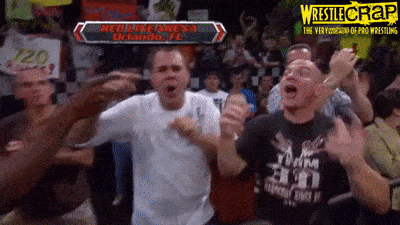
…though perhaps sarcastically.
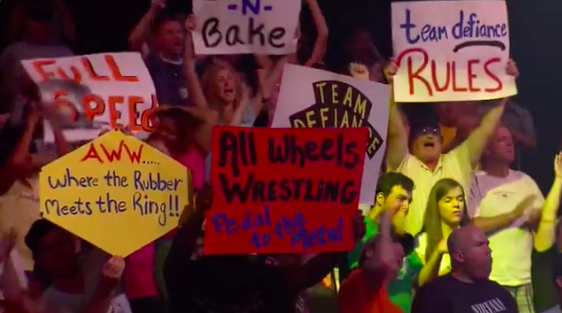
Throughout the arena, fans held signs written in similar handwriting in support of the teams they’d never seen or heard of before.
Each AWW episode was to feature two special one-on-one matches dubbed, “Speed Matches”.
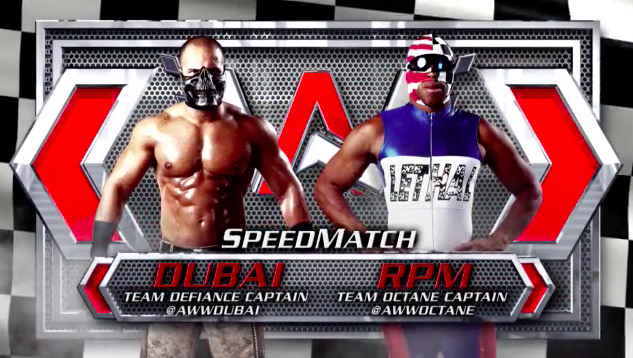
A Speed Match was a kind of iron man match, and an iron man match is, traditionally, the slowest-paced gimmick match in all of wrestling – unless you set a 5-minute time limit, that is! It was the kind of baffling match type previously possible only in Acclaim’s WWF Attitude, except with one more twist: each fall was worth a certain number of points depending on how it was earned.
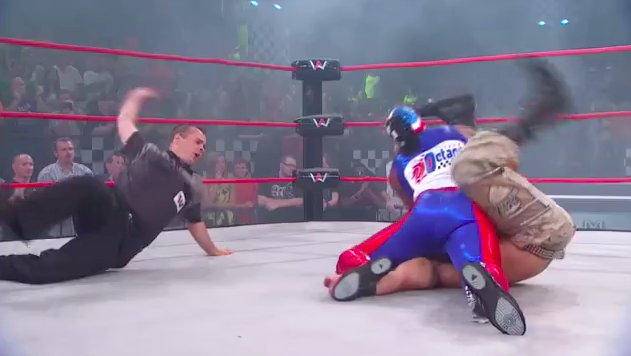
While neither man moved any faster than usual, it only took one minute and one clothesline to put away Dubai and earn RPM four points for the pinfall.
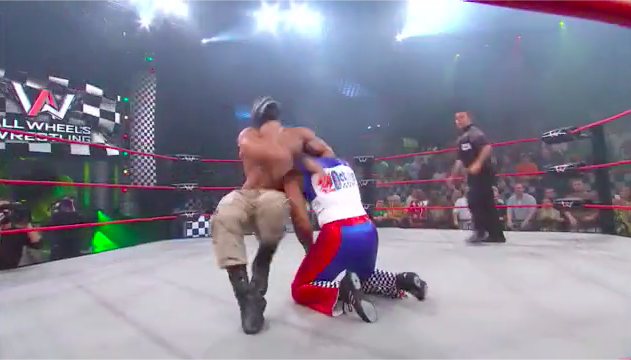
Dubai evened the score one minute later with his patented WMDDT (a move as effective as the Ghetto Blaster, the Flying Jalapeño, and the Ramen Noodle Moonsault combined).
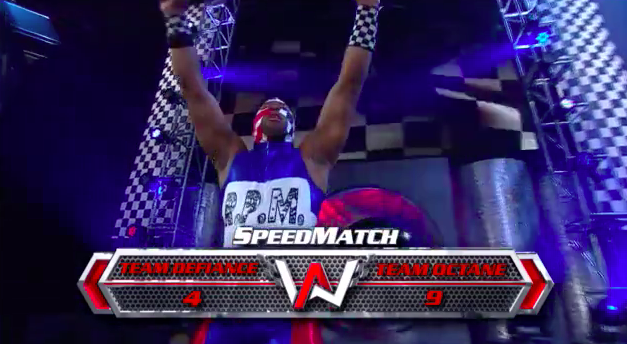
RPM made Dubai tap out to score five more points, which put him – I mean, his team – ahead.
Racing’s talking heads then weighed in yet again with some more absolute nonsense.
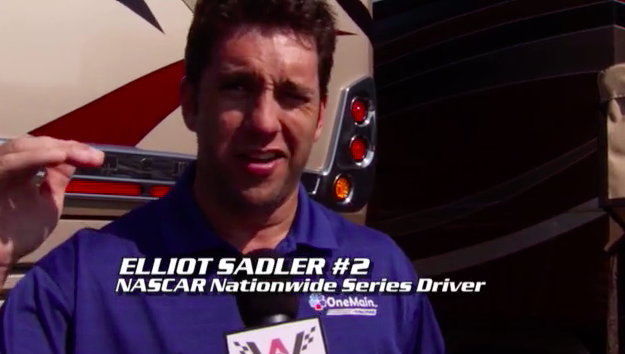
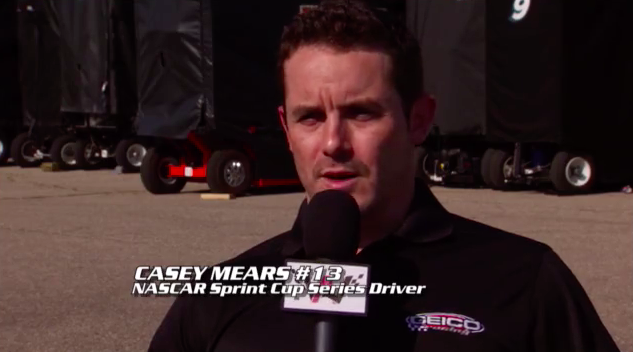
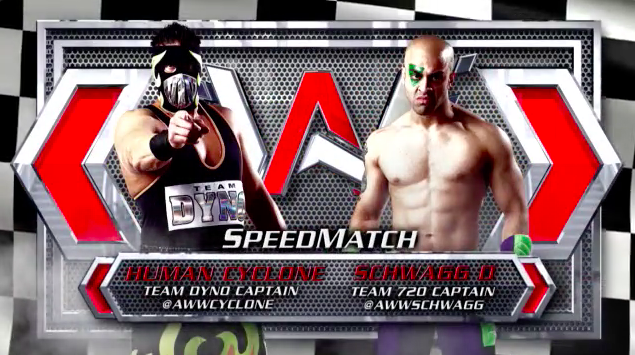
In the next Speed Match, Human Cyclone managed to pin Schwagg D four times in five minutes, putting his team at the top of the rankings with 16 points.
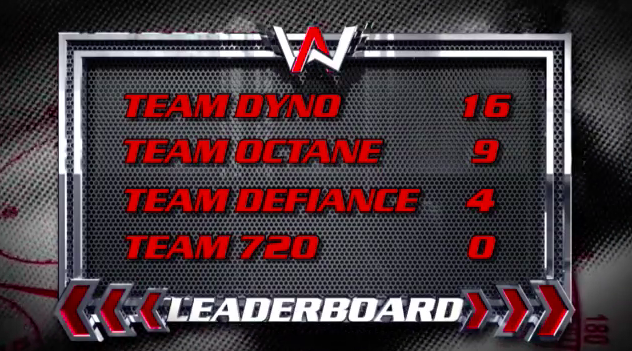
In a post-match interview with Hermie Sadler, Aguilera reflected on his experiences in the sport of monster trucks. “In monster trucks, we got a saying, and that is, ‘If it ain’t broken, don’t fix it.’” Most of you don’t drive monster trucks, so you’ve probably never heard that expression.

The same footage of fans aired once more, followed by a few words from Schwagg D. One of those words was, “extremeness”.
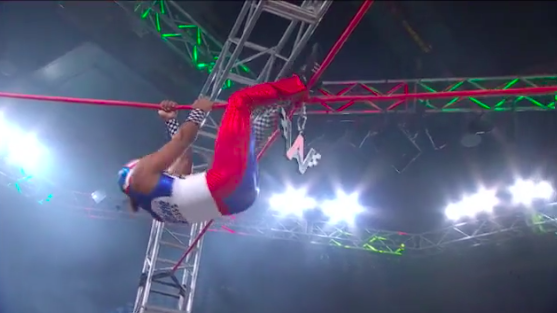
The main event was a 20-point Big Air Challenge, otherwise known as Ultimate X (or maybe Ultimate W). The four-way match featured one member of each team, who just so happened to be the same four guys who’d wrestled already. Does anybody else think this was a very strange way to put over the “team” concept that they’d been promoting all episode?
The Big Air Challenge didn’t feature the kind of crazy spots normally found in an Ultimate X match, possibly because no one wanted to risk ending his career wearing a stupid mask on a hare-brained TNA spin-off no one would ever see.
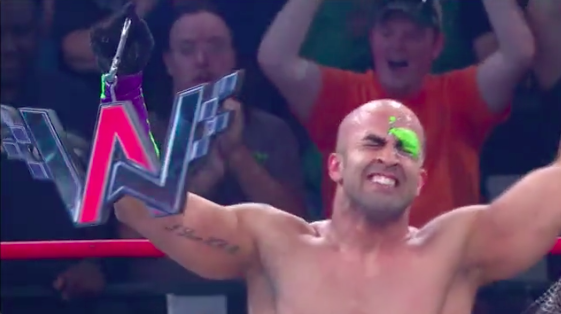
In the end Schwagg D won the match, checking his ego at the door by refusing to do things that would hurt his team (like losing the match) and instead doing things that would help his team (like winning the match).
The victory put him and his team (whoever they were) in first place at the end of the first episode…
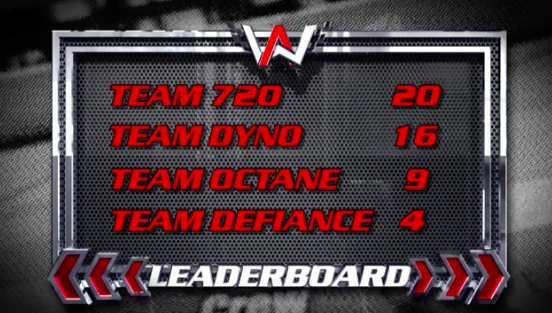
…and the end of the season, as the show was never picked up. I hope Sonjay at least got to take the trophy home.
All Wheels Wrestling was odd on so many levels. From the venue to the wrestlers to the announcers to even the logo, TNA managed to make AWW look and feel as much like TNA as possible without once mentioning the name “TNA”. The brand that had tried to go head-to head with WWE Raw just one year earlier wasn’t confident enough to bank on name recognition when pitching to a minor cable network.

They didn’t even put “TNA” in the copyright notice at the end. Officially, All Wheels Wrestling was owned by “TNA Gutcheck, LLC”, but the pilot credits something called, “Gut Check, LLC”, which is a totally unrelated corporation. I mean, if I owned a company called, “TNA”, I’d be embarrassed too, but not enough to risk losing my intellectual property over it.
But on top of everything, there’s just no getting around the fact that All Wheels Wrestling, a concept based on teams and motorsports, featured neither.

